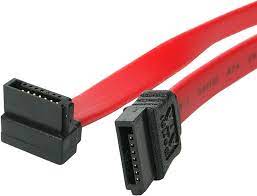standard communication interfaces facilitate the exchange of data between various components, such as the central processing unit (CPU), memory, and peripheral devices.
These interfaces define protocols and standards to ensure compatibility and interoperability between different hardware components.
Here are some standard communication interfaces:
- Peripheral Component Interconnect (PCI):

- Description: PCI is a standard bus interface used for connecting various hardware components, including expansion cards such as graphics cards, network cards, and storage controllers.
- Versions: PCI, PCI-X, and PCI Express (PCIe) are different versions of the PCI standard, with PCIe being the most widely used in modern systems.
- Universal Serial Bus (USB):
- Description: USB is a widely adopted standard for connecting peripherals to computers. It supports hot-swapping and provides power to connected devices.
- Versions: USB 1.0, USB 2.0, USB 3.0, USB 3.1, and USB 3.2 are different versions with varying data transfer speeds.
- Serial ATA (SATA):

- Description: SATA is a standard for connecting storage devices, such as hard drives and solid-state drives, to the motherboard. It supports high-speed data transfer for storage applications.
- Versions: SATA I, SATA II, and SATA III represent different generations with increasing data transfer rates.
- Peripheral Connect Interface Express (PCIE or PCIe):
- Description: PCIe is a high-speed serial computer expansion bus standard used for connecting various components, including graphics cards, network cards, and storage controllers.
- Advantages: PCIe offers higher data transfer rates and more flexibility compared to older bus architectures.
- Serial Peripheral Interface (SPI):
- Description: SPI is a synchronous serial communication protocol used for short-distance communication between microcontrollers, sensors, and other peripheral devices.
- Characteristics: It uses multiple wires for data transmission, including a clock signal, master-out/slave-in (MOSI), master-in/slave-out (MISO), and a chip select line.
0 Comments